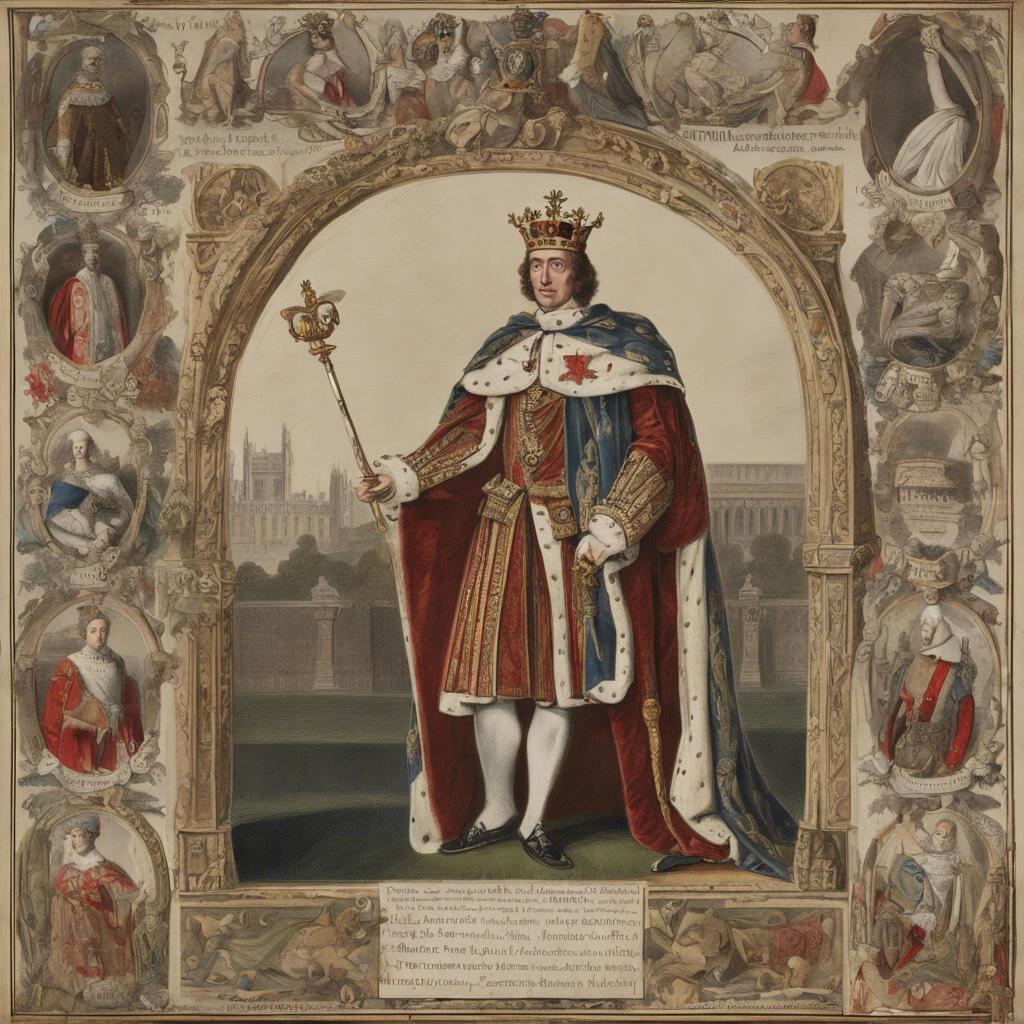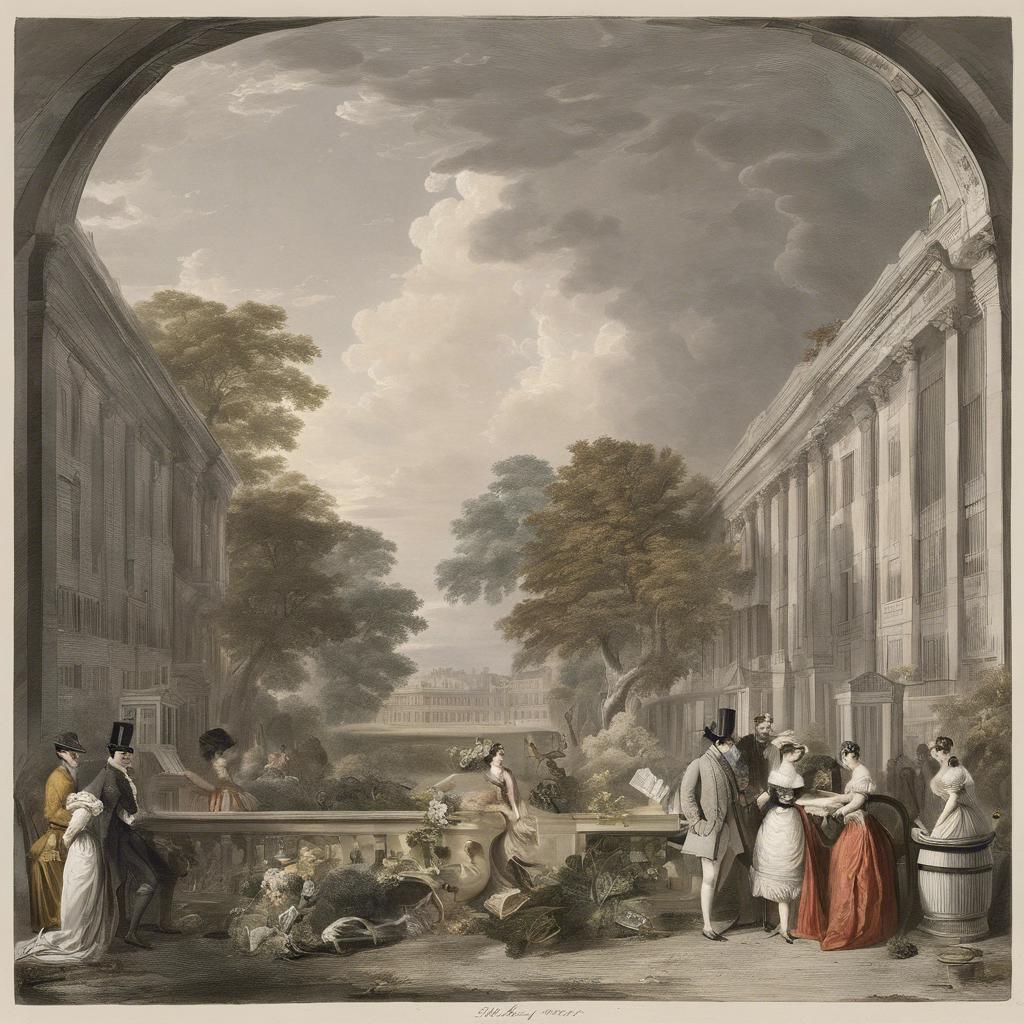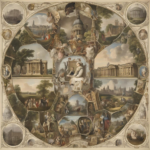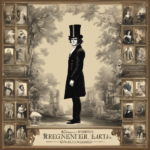Before the Regency Era, England was a land of immense social and political upheaval. The period preceding this pivotal era in British history was marked by war, revolution, and economic instability. Understanding the events and trends that led up to the Regency Era is crucial for grasping the context in which this transformative period took place. In this article, we will explore the key developments that shaped England in the years leading up to the Regency Era, and how they set the stage for one of the most fascinating periods in British history.
Step Into the World of Cheryl Bolen
Dive into the enchanting stories of love, intrigue, and elegance set in the Regency Era. Cheryl Bolen's novels offer timeless romance and captivating tales that will leave you wanting more.
Explore Cheryl Bolen's Books Now
Ancient British Monarchy
In the period before the Regency Era, the was a complex and powerful institution that played a crucial role in shaping the history of Britain. The monarchy was the central political authority in the country, with the reigning monarch holding significant power over both the government and the people.
Before the Regency Era, the was a hereditary institution, with the crown passing from one generation to the next within the same royal family. The monarch was seen as the divine ruler, appointed by God to govern the nation and uphold the social order. The monarchy was supported by a system of nobility, with lords and ladies holding titles and land granted by the monarch in exchange for loyalty and service.
During this time, the faced various challenges and crises, including wars, rebellions, and political intrigue. The monarchy also played a key role in shaping British culture and identity, with royal patronage of the arts and literature contributing to the country’s regency era in spanish”>rich cultural heritage.
Transition from Tudor to Stuart Rule
In the late 16th century, England experienced a significant . This period marked the end of the Tudor dynasty, which had been in power since the late 15th century, and the beginning of the Stuart era. The transition was not without its challenges and controversies, as the English monarchy grappled with issues of succession and religious conflict.
One of the key events that marked the was the death of Queen Elizabeth I in 1603. With her death, the Tudor line came to an end, and the throne passed to James VI of Scotland, who became James I of England. James I was the first monarch of the Stuart dynasty, which would rule England for the next century.
During the , England also grappled with religious tensions, particularly between Protestants and Catholics. The Stuart monarchs, particularly James I and his son Charles I, faced challenges from both sides as they sought to establish their authority and maintain peace within the realm. These religious conflicts would eventually lead to the English Civil War in the mid-17th century.
Cultural and Political Developments in Pre-Regency England
In the period before the Regency era, England experienced significant cultural and political developments that laid the groundwork for the societal shifts that would come during the early 19th century. One key aspect of this time was the rise of the Industrial Revolution, which brought about advancements in technology, transportation, and urbanization. This period also saw the emergence of prominent literary figures such as Jane Austen, whose novels provided a window into the social norms and customs of the time.
Art and architecture during this period reflected a blend of classical influences with more ornate and elaborate designs. The neoclassical style was popular in buildings, with grand structures such as the Royal Pavilion in Brighton showcasing intricate details and grandeur. In addition, traditional English gardens flourished, with landscaped parks and gardens becoming a symbol of wealth and status among the upper classes.
On the political front, England grappled with issues related to monarchy, government, and the rights of its citizens. The end of the 18th century saw the French Revolution and its aftermath, which sparked debates about the role of the monarchy and the power of the aristocracy. These discussions set the stage for the political reforms that would be championed by figures like William Wilberforce and lead to the eventual transition to the Regency era under the rule of Prince George IV.
To Conclude
the period preceding the Regency Era was a time of significant political, social, and cultural change in Britain. The tumultuous events of the Georgian Era set the stage for the regency period, shaping the course of history in profound ways. From the excesses of the Hanoverian monarchs to the tensions of the Napoleonic Wars, the era preceding the Regency Era was a time of upheaval and transformation. As we look back on this fascinating period in British history, we gain a deeper understanding of the forces that shaped the Regency Era and the world that followed.


